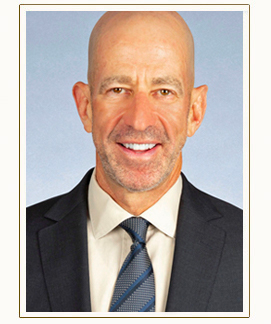We interviewed David Leven, executive director of Compassion & Choices of New York, about the state’s recently passed Palliative Care Information Act. That legislation requires physicians to offer terminally ill patients information on their prognosis and their full array of end-of-life care options, including hospice and other palliative care, in addition to life-extending interventions. Compassion & Choices of New York works to improve end-of-life care and to expand available options in order to ensure a humane and peaceful death with dignity.
Q: Why was it necessary to enact this law? It seems like common sense for doctors to share this information with their patients.
A: Even though patients are entitled to receive details concerning diagnosis, prognosis, treatment options, and accompanying benefits and risks, many doctors are not having these discussions with the terminally ill. Many physicians haven’t been adequately trained to have these difficult conversations, and they’re uncomfortable having them.
Q: Why did the Medical Society of the State of New York (MSSNY) oppose this legislation?
A: Although many physicians supported the bill, it’s true that the MSSNY did not support it. I believe that was an unfortunate knee jerk reaction to having the legislative process mandate their professional behavior. The fact is that they were already under both an ethical and legal obligation to provide this information. This legislation simply clarifies previously existing law to include the specific right to receive this critically important information, including options available for those who are terminally ill.
Q: Studies have shown that candid end-of-life discussions benefit patients. Please explain.
A: First of all, most patients—83 percent, according to one study—want to hear the truth about their health, even if they’re terminally ill. After these discussions, they are more likely to accept their diagnosis. As a result, most of them–85 percent–opt for palliative treatment rather than life-extending regimens. Sixty-three percent put in place “do not resuscitate” orders, twice as many as those who have them when end-of-life discussions do not occur. End-of-life discussion patients are less likely to choose to use mechanical ventilators or to spend time in the intensive care unit. They are also more likely to be enrolled in hospice and for a longer time.
It’s been found that patients with aggressive interventions had a worse quality of life during their last week than those focused on palliative care. There are also significant cost savings, but the real issue is that a person has the right to be informed of the options and to have their wishes concerning this most personal of decisions respected.
Thank you, David; I know that Compassion & Choices New York worked diligently to have this legislation passed. We appreciate your sharing this information concerning the rights of terminally ill individuals and the benefits that accrue when they are empowered to direct their end-of-life care.






